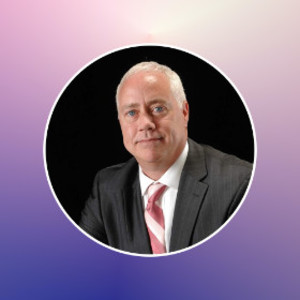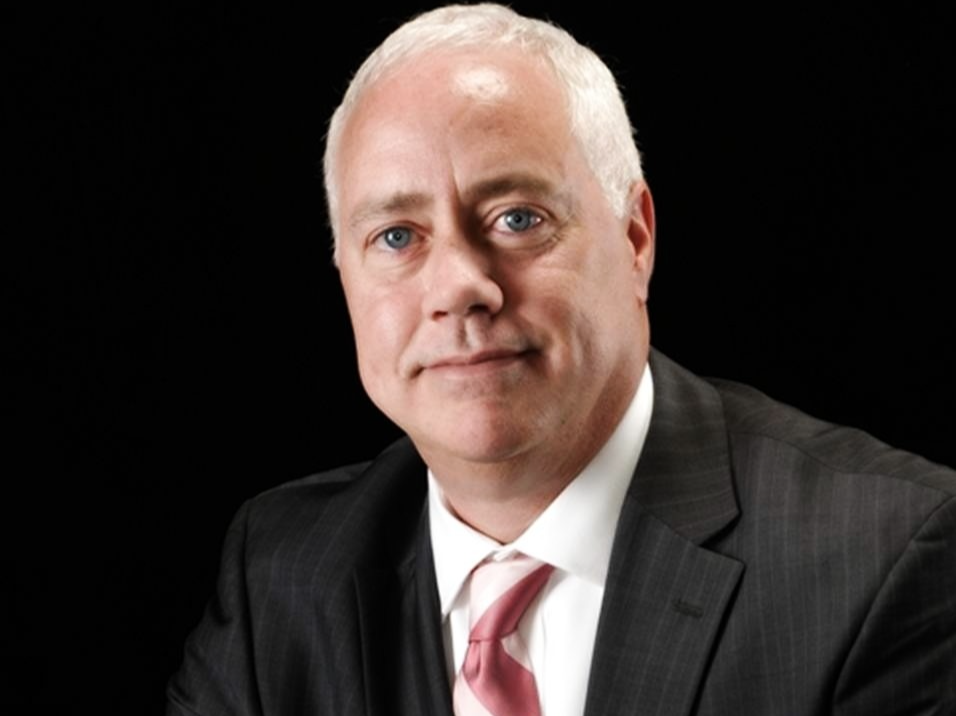Personnel Management vs HRM
Personnel Management vs HRM: Understanding the Key Differences

Ken Hurley believes that personnel Management and Human Resource Management (HRM) are often used interchangeably but differ. Personnel management was the traditional approach to managing employee relationships in the workplace, while HRM is a modern approach that considers the changing needs of organizations and employees. Personnel management emerged during the early 20th century when industrialization led to the creation of large organizations with numerous employees. The primary focus of personnel management was on efficiently managing people as a resource, emphasizing hiring, training and development, compensation, and performance management.
Personnel management was largely transactional, focusing on day-to-day operations and administration of policies and procedures. The goal was to ensure that employees were productive and satisfied, but there needed to be more recognition of the importance of employee engagement and motivation beyond meeting basic needs.
One of the critical features of personnel management was a hierarchical structure, where decision-making power was concentrated at the organization's top. The role of managers was to enforce rules and regulations, and there needed to be more room for flexibility or innovation.
HRM emerged in the 1980s as a response to the need for a more holistic approach to managing employees. This approach recognizes that employees are not just resources to be managed but also individuals with unique needs and perspectives.
HRM takes a strategic approach to employee management, focusing on aligning human capital with organizational goals and objectives. It emphasizes the importance of engaging and motivating employees by recognizing their contributions and providing opportunities for growth and development.
Unlike personnel management, HRM is less hierarchical and decentralized, with decision-making power distributed throughout the organization. Managers are encouraged to be more flexible and innovative, and there is a greater emphasis on collaboration and teamwork.
There are several critical differences between personnel management and HRM. First and foremost, personnel management is transactional, focusing on day-to-day operations and administration of policies and procedures. Conversely, HRM is strategic in nature, focusing on aligning human capital with organizational goals and objectives.
Secondly, personnel management is mainly hierarchical, with decision-making power concentrated at the organization's top. HRM, on the other hand, is decentralized, with decision-making power distributed throughout the organization. Thirdly, personnel management places greater emphasis on rules and regulations, while HRM places greater emphasis on flexibility and innovation. Finally, personnel management focuses on managing people as a resource, while HRM recognizes that employees are In conclusion, personnel management and HRM are two distinct approaches to managing employee relationships in the workplace. While personnel management was the traditional approach to managing employees, the Modern approach HRM considered the changing needs of organizations and employees.
HRM emphasizes aligning human capital with organizational goals and objectives, engaging and motivating employees, and fostering collaboration and teamwork. It recognizes that employees are not just resources to be managed but also individuals with unique needs and perspectives. As organizations evolve and adapt to changing market conditions, it is essential to recognize the importance of adopting a strategic approach to employee management. HRM provides a framework for achieving this goal and can help organizations to achieve sustainable competitive advantage by leveraging their human capital.








